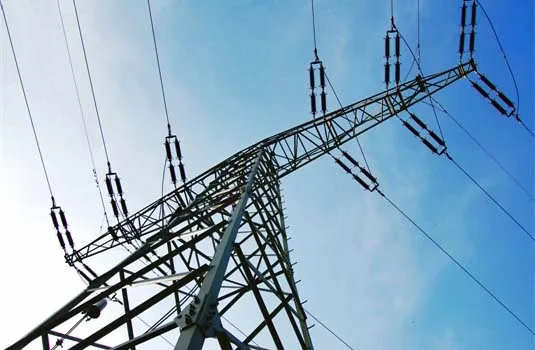The U.S. electric transmission grid, one of the largest and most complex infrastructures in the world, is under increasing strain due to growing demand. From 1970 to 2000, electricity consumption doubled, and it’s forecasted that demand will increase by 40% in the next three decades. To meet this demand, the grid will need an additional 258 GW of capacity, and by 2015, 12,900 miles of high-voltage transmission lines were expected to be added to the existing 160,000 miles of infrastructure.

In 2007, the U.S. consumed approximately 3,925bn kWh of electricity, generating 4,157.2bn kWh in the same period. The sources of this power were: coal-fired plants (48.6%), natural gas plants (21.5%), nuclear plants (19.4%), hydroelectric plants (6%), petroleum-fired plants (1.6%), and renewables (biomass, geothermal, solar, wind) for the remaining portion.
Electricity generation from the power grid accounts for 40% of U.S. carbon emissions, contributing significantly to global environmental concerns.
The U.S. power grid consists of three major segments: the Western Interconnection, the Eastern Interconnection, and the Electric Reliability Council of Texas (ERCOT). The transmission network operates at voltages ranging from 230kV to 765kV. It is interlinked via high-voltage direct current lines and provides interconnectivity between power utilities, except for those in Alaska and Hawaii.
Control centers monitor the entire system, including generation plants, transmission, sub-transmission, and distribution networks. The Eastern and Western Interconnections collectively manage 140 control centers and 3,000 utilities, while ERCOT functions as an independent system. The transmission system is over 100 years old and is a patchwork of regional utilities.
Grid linkages allow energy sharing across regions, enhancing reliability and offering reserves in case of power outages. Utilities benefit from increased reserve capacity and more efficient generation. However, the complexity of interoperations between different control entities can lead to widespread failures, such as the massive 1965 and 2003 blackouts that affected millions of people.

The U.S. Department of Energy has pushed for modernization to eliminate transmission bottlenecks and improve operational efficiency. This includes shifting generation sources closer to demand areas and adopting advanced technologies. The goal is to reduce energy losses in transmission lines through the adoption of high-temperature superconducting (HTS) technologies, improving overall grid efficiency.
Distributed generation and storage systems are being implemented to reduce energy loss and transmission congestion, particularly during peak demand. The Smart Grid project involves integrating intelligent communications networks into the grid to monitor and control operations in real-time, aiming for improved system reliability and efficiency. The Energy Policy Act of 2005 set the stage for investing in this technology, with an estimated $100 billion allocated for the project over the next decade.

A key challenge for the power sector is balancing modernization efforts with compliance to increasingly stringent environmental regulations, especially in light of the sector’s significant carbon footprint.
As the U.S. moves toward a more energy-efficient, reliable, and sustainable power grid, major investments are required to modernize a system built for a past era. The focus is on enhancing grid capacity, integrating renewable energy sources, and improving overall operational efficiency. However, these efforts must be carefully managed to avoid skyrocketing costs and ensure compliance with environmental standards, all while meeting the rising energy demands of a growing nation.